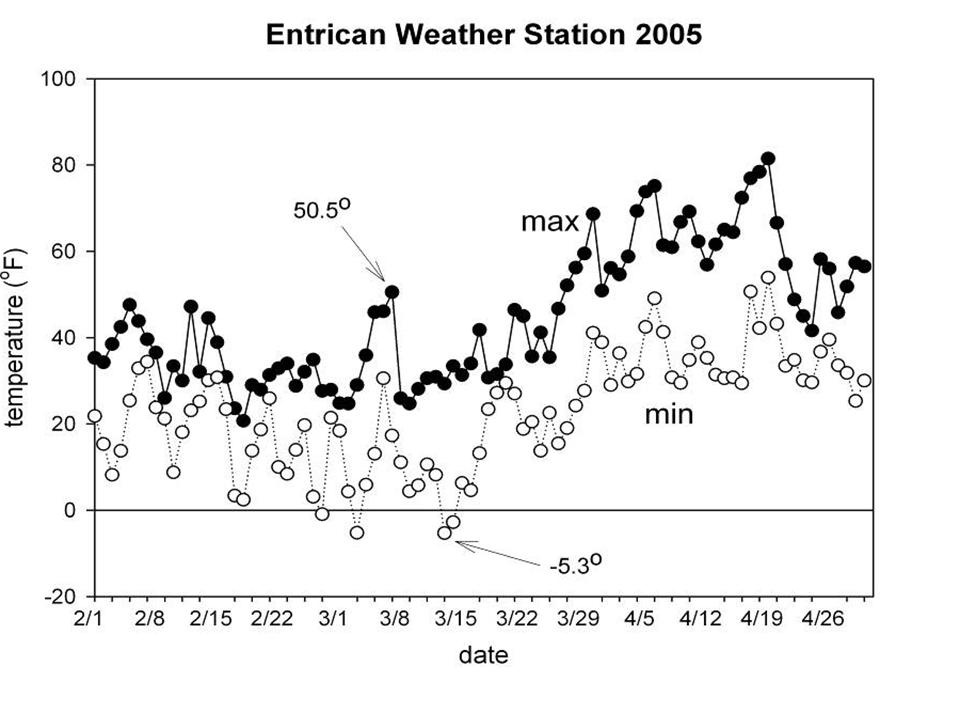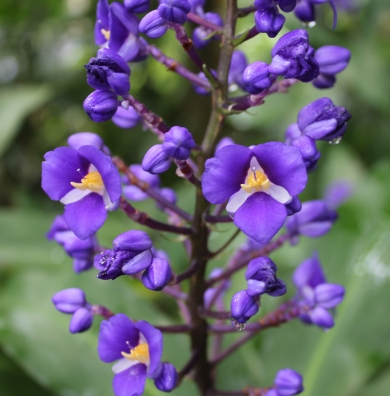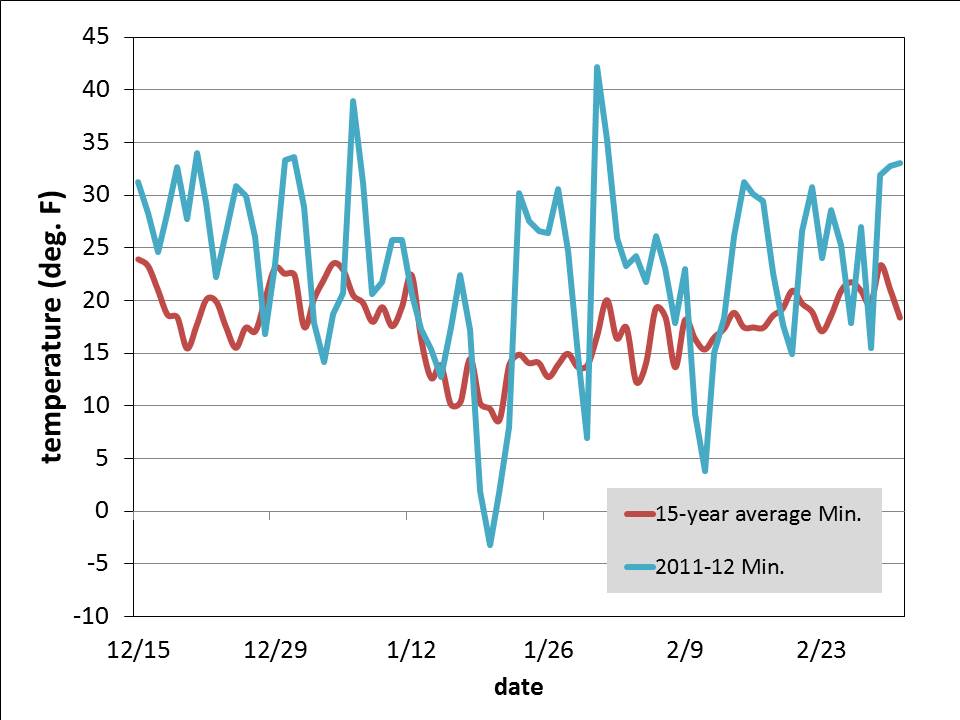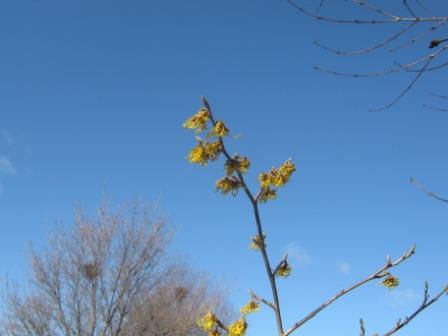
I’m on vacation this week in Palm Desert, California – part of an annual ritual that I’ve enjoyed for about 30 years. Nearly the first thing I do while I’m down here is get away from the golf courses and shopping malls into the high desert mountains. Yesterday my daughter and I hiked Horsethief Creek trail (great name, huh?) in the San Bernardino Wilderness and admired the spring flowers that are just starting to emerge.
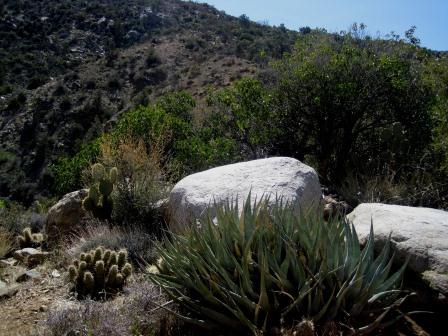
One half of my brain was busy noticing all of the native plants that I felt had great ornamental value for home landscapes, while the other half worried about what to do for my blog posting this week. And finally both sides of my brain got together for a chat and here we are with today’s posting.
For many years, the home landscapes down here were primarily of the petunias-and-palms persuasion (or in this case snapdragons and olive trees).

That’s been changing as water has become more limited (i.e., more expensive) and people’s appreciation of native plants has increased. Still, an awful lot of native landscapes rely on traditional desert plants like barrel cacti or agave. They’re pretty – but predictable. And the results are often not natural looking.

So…why not shake things up a bit by using some lesser known, but nonetheless stunning species? While many nurseries might not carry these, the only way to change that is to request them. Savvy nurseries respond to customer requests. Or check with native plant societies, who often have plant sales featuring unusual native species.
Without further ado, here are some great plants from yesterday’s hike, which tolerate low water conditions but have great ornamental and/or functional value.

Arctostaphylos glauca (manzanita) – deceptively tough green leaves against a red-striped bark
 The lovely Charlotte displays a good-sized manzanita
The lovely Charlotte displays a good-sized manzanita
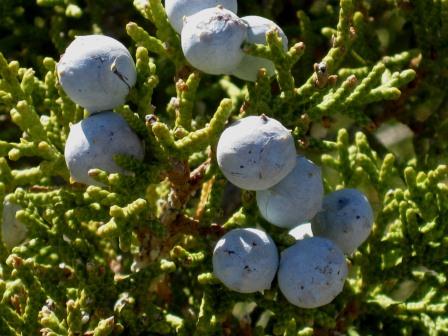 Juniperus californica (California juniper) – because every desert landscape needs its own gin mill
Juniperus californica (California juniper) – because every desert landscape needs its own gin mill
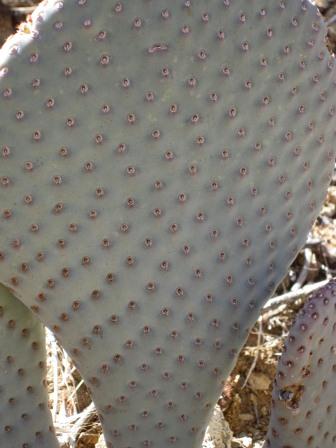 Opuntia basilaris (beavertail cactus) – the symmetrical arrangement of tiny spines is aesthetically appealing
Opuntia basilaris (beavertail cactus) – the symmetrical arrangement of tiny spines is aesthetically appealing

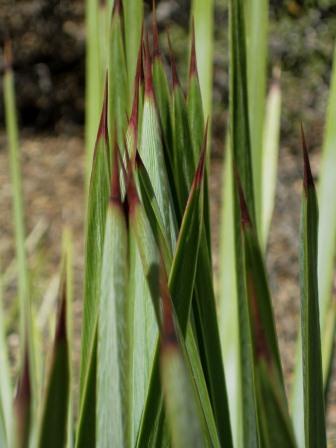
Nolina parryi (Parry’s beargrass) – absolutely stunning plant with wickedly sharp leaves
 Pentagramma triangularis (goldenback fern) – yes, you can even find ferns in the desert
Pentagramma triangularis (goldenback fern) – yes, you can even find ferns in the desert
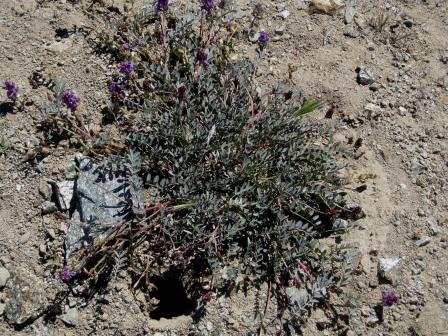

Astragalus spp. (vetch) – sturdy groundcover with brilliant purple flowers. And it fixes nitrogen!
(A final note: don’t dig these up in the wild and try to transplant them. It’s doubtful they would survive, and in many instances it’s illegal. Do the right thing – support your local native plant nursery and buy them legally.


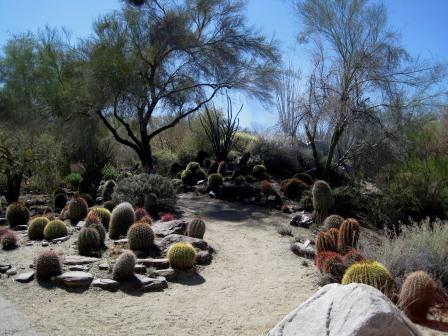
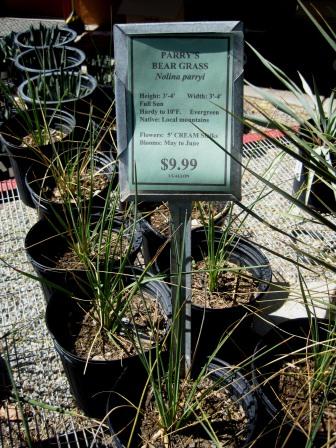
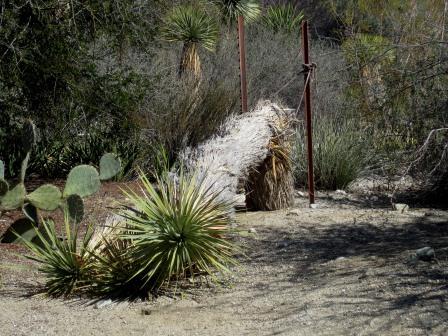
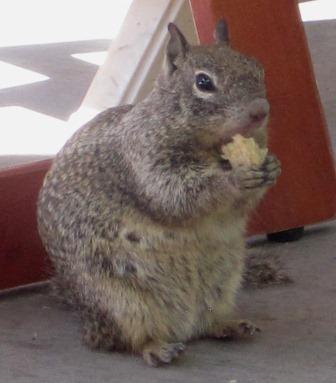


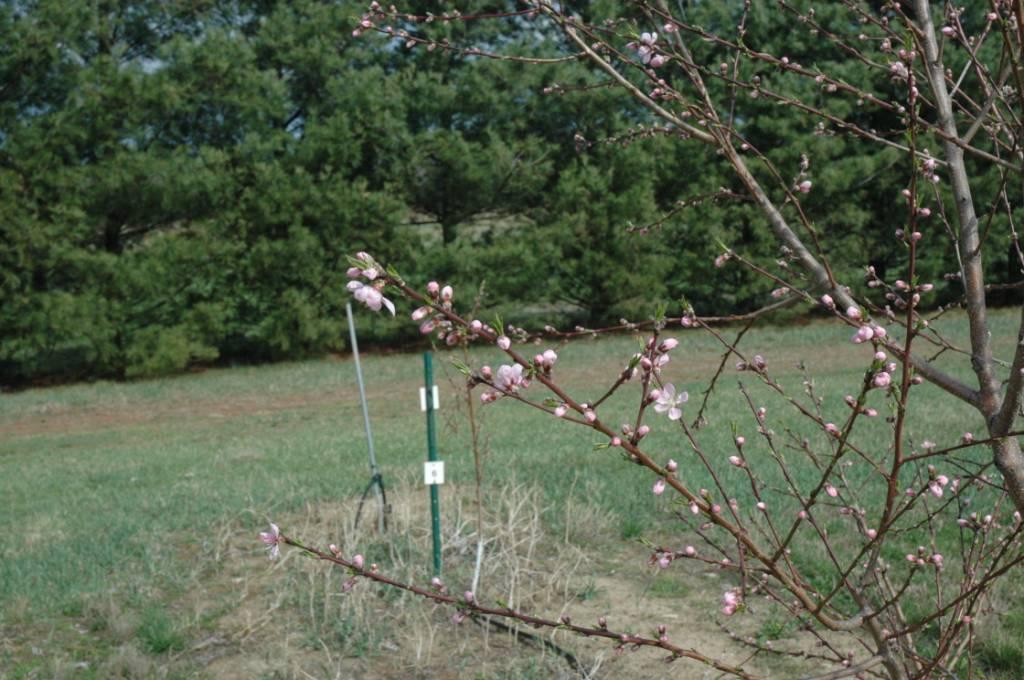
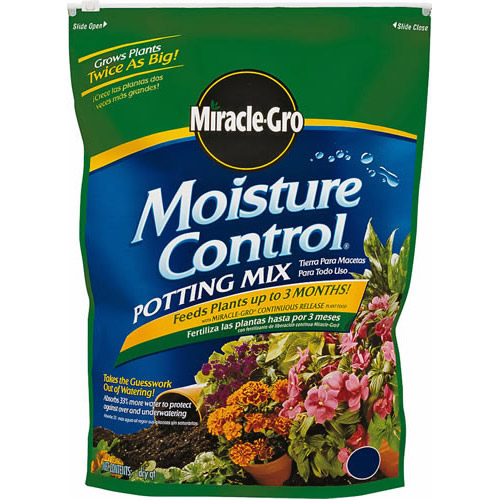




 The lovely Charlotte displays a good-sized manzanita
The lovely Charlotte displays a good-sized manzanita Juniperus californica (California juniper) – because every desert landscape needs its own gin mill
Juniperus californica (California juniper) – because every desert landscape needs its own gin mill Opuntia basilaris (beavertail cactus) – the symmetrical arrangement of tiny spines is aesthetically appealing
Opuntia basilaris (beavertail cactus) – the symmetrical arrangement of tiny spines is aesthetically appealing

 Pentagramma triangularis (goldenback fern) – yes, you can even find ferns in the desert
Pentagramma triangularis (goldenback fern) – yes, you can even find ferns in the desert


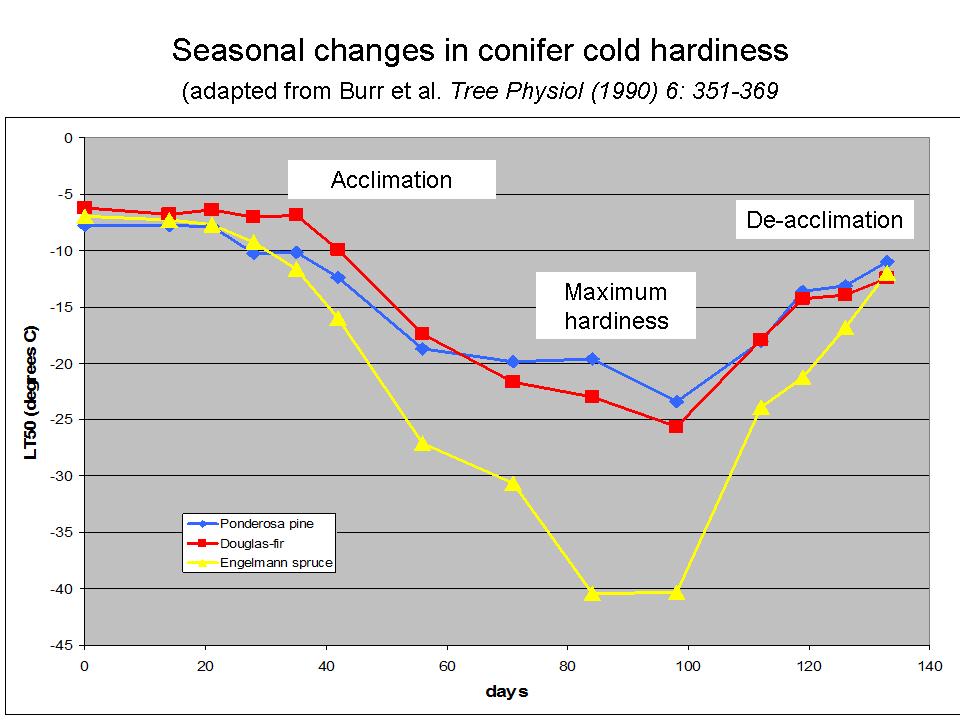 Seasonal trend in phases of cold hardiness: Acclimation, Maximum hardiness, and De-acclimation
Seasonal trend in phases of cold hardiness: Acclimation, Maximum hardiness, and De-acclimation